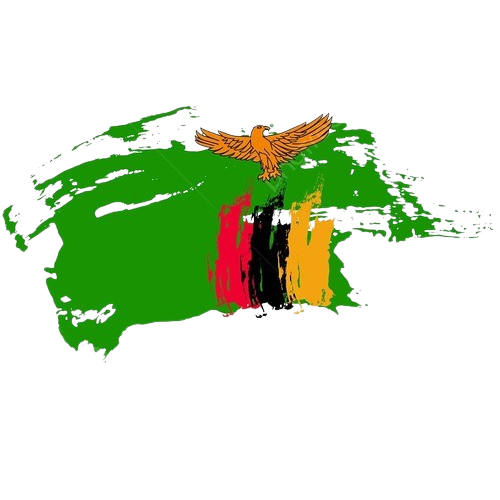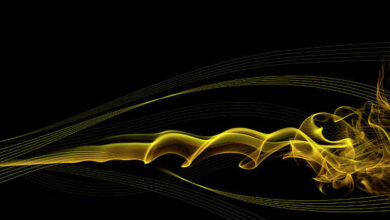Wand noise() function – Python

The noise() function is an inbuilt function in the Python Wand ImageMagick library which is used to add noise to the image.
Syntax:
noise(noise_type, attenuate, channel)Parameters: This function accepts three parameters as mentioned above and defined below:
- noise_type: This parameter is used to store the noise type. Some of the available noise types are ‘undefined’, ‘uniform’, ‘gaussian’, ‘multiplicative_gaussian’, ‘impulse’, ‘laplacian’, ‘poisson’, ‘random’.
- attenuate: This parameter stores the rate of distribution.
- channel: This parameter stores the channel type as “green”, “yellow”, “red” etc.
Return Value: This function returns the Wand ImageMagick object.
Original Image:
Example 1:
Python3
# Import library from Image from wand.image import Image# Import the imagewith Image(filename ='../zambiatek.png') as image: # Clone the image in order to process with image.clone() as noise: # Invoke noise function with Channel "green" and noise poisson noise.noise("poisson", 2, "green") # Save the image noise.save(filename ='noise1.jpg') |
Output:
Example 2:
Python3
# Import libraries from the wand from wand.image import Imagefrom wand.drawing import Drawingfrom wand.color import Colorwith Drawing() as draw: # Set Stroke color the circle to black draw.stroke_color = Color('black') # Set Width of the circle to 2 draw.stroke_width = 1 # Set the fill color to 'White (# FFFFFF)' draw.fill_color = Color('white') # Invoke Circle function with center at 50, 50 and radius 25 draw.circle((200, 200), # Center point (100, 100)) # Perimeter point # Set the font style draw.font = '../Helvetica.ttf' # Set the font size draw.font_size = 30 with Image(width = 400, height = 400, background = Color('# 45ff33')) as pic: # Set the text and its location draw.text(int(pic.width / 3), int(pic.height / 2), 'GeeksForGeeks !') # Draw the picture draw(pic) # Invoke noise function with channel "yellow" and noise as impulse pic.noise("impulse", 3, "yellow") # Save the image pic.save(filename ='noise2.jpg') |
Output:






